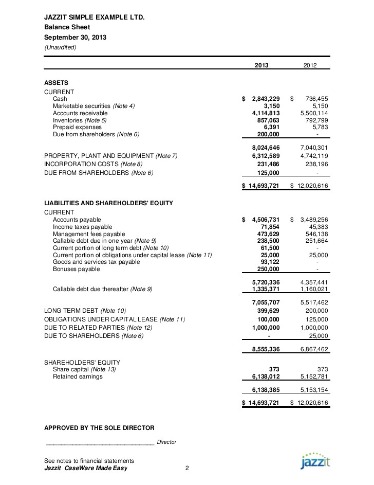8 3 Three Major Components of Product Costs in Job Order Financial and Managerial Accounting
Content

Still, if the plastic is purchased for any other purpose and not for use in manufacturing, then the same will not be considered a direct material cost. Therefore the more perfectly you try to make something, the more you must control both the workpiece and the environment to extreme degrees. For these reasons closer tolerances and higher precision can drive up labor costs substantially and, in fact, don’t 3 Common Types Of Manufacturing Costs necessarily produce a better part for most common applications. Some tasks directly affect the fabrication of raw material into a finished or semi-finished product. Depending on the nature of the work being done, these tasks might involve cutting, stamping, gluing, sewing, welding, painting, drilling, molding, assembly, etc. We’re going to look at what these costs are and how they’re calculated.

On the one hand, they help to improve efficiency and streamline operations. They also allow manufacturers to develop new products and services that would have been impossible with older technology, which can lead to increased sales. For example, suppose you’re unaware of the new deduction for pass-through businesses (which allows companies to deduct 20% of their income). In that case, you could miss out on thousands of dollars yearly that could go toward your current expenses or future investments. The main reason for this increase in costs is because of fuel prices. Fuel prices are rising because of the rise in oil prices caused by turmoil in the Middle East and other parts of the world.
Why Is Manufacturing Cost Important? Cost of manufacturing
To perform management functions effectively, managers in manufacturing have to make lot of decisions. To break even, the business must produce 10 widgets every month. Full BioAmy is an ACA and the CEO and founder of OnPoint Learning, a financial training company delivering training to financial professionals. She has nearly two decades of experience in the financial industry and as a financial instructor for industry professionals and individuals.

In summary, product costs are not expensed until the item is sold when the product costs are recorded as cost of goods sold. Period costs are selling and administrative expenses, not related to creating a product, that are shown in the income statement along with cost of goods sold. As a small manufacturing business owner, you probably spend a lot of time thinking about pricing strategies and how to make your manufacturing process more efficient. Fixed costs are costs that do not change according to production volume, these include rent, mortgage, monthly machinery payments, etc. Integrate sales, purchases, production, inventory, and finances to get a real-time overview of your manufacturing company. This means that it would be economically viable to produce more bicycles, as long as the demand is there.
Nonmanufacturing Costs
In this guide, we’ll cover everything you need for your total manufacturing cost formula. An example would be a bakery that produces a line of apple pies that https://kelleysbookkeeping.com/ it markets to local restaurants. To make the pies requires that the bakery incur labor costs, so it is safe to say that pie production is a cost driver.
- These costs are the highest cost for producing goods that are to be sold in the market to generate revenue.
- Variable costs could be packaging, raw materials, and freight.
- This is why these types of production cost expenses will impact cash flow and the overall pricing structure.
- Traditional billboards with the design printed on vinyl include direct materials of vinyl and printing ink, plus the framing materials, which consist of wood and grommets.
- For an expense to be listed as a production cost, it has to be incurred while producing the product or service for sale.
For businesses that use the accrual accounting method, direct material expenses are incurred when the raw material is used, not when it is purchased. Is the total cost of wages, payroll taxes, payroll benefits, and similar expenses for the individuals who work directly on manufacturing a particular product. The direct labor costs for Dinosaur Vinyl to complete Job MAC001 occur in the production and finishing departments. In the production department, two individuals each work one hour at a rate of $15 per hour, including taxes and benefits. The finishing department’s direct labor involves two individuals working one hour each at a rate of $18 per hour.Figure 8.21shows the direct labor costs for Job MAC001.
What is the difference between direct and indirect manufacturing costs?
In general, overhead refers to all costs of making the product or providing the service except those classified as direct materials or direct labor. Manufacturing overhead costs are manufacturing costs that must be incurred but that cannot or will not be traced directly to specific units produced. In addition to indirect materials and indirect labor, manufacturing overhead includes depreciation and maintenance on machines and factory utility costs. Look at the following for more examples of manufacturing overhead costs.
They must play a physical role in assembly or production for it to be a direct cost. Let Katana’s cloud platform take care of calculating your total manufacturing costs, so you can stay focused on doing what you do best — manufacturing. Do you know of a restaurant that was doing really well until it moved into a larger space?
